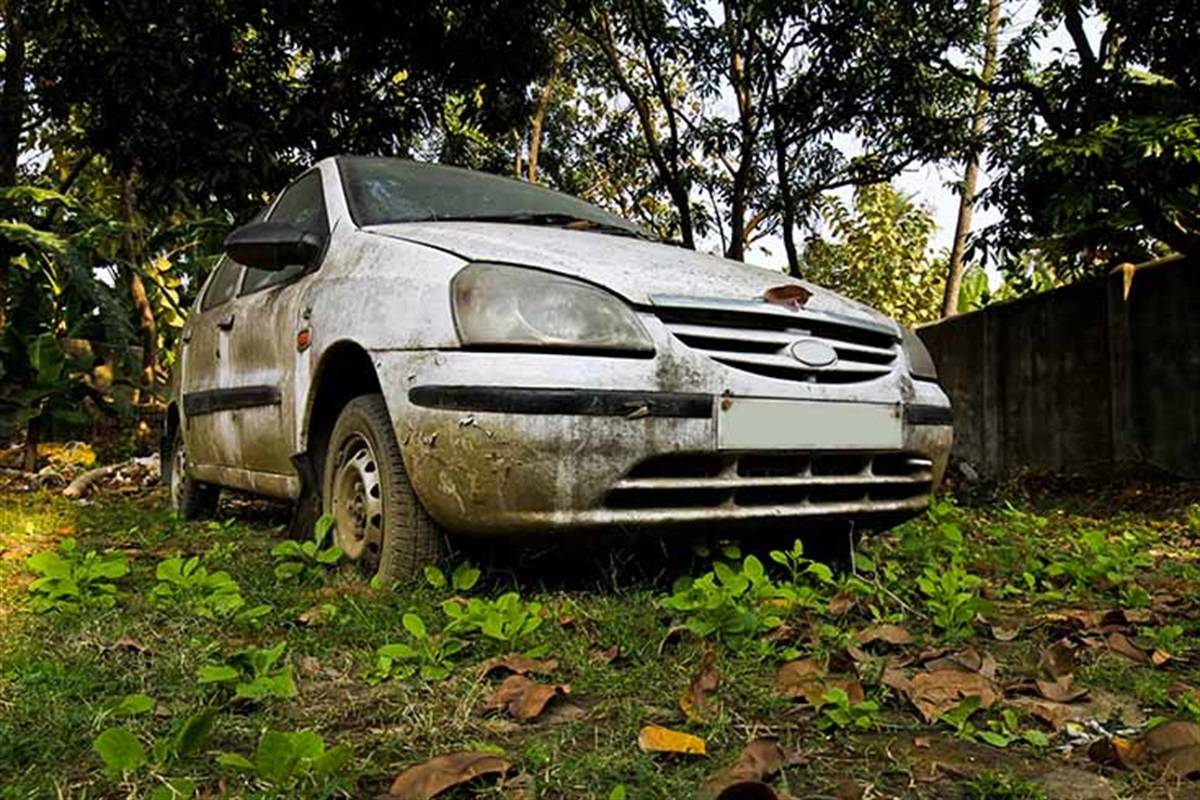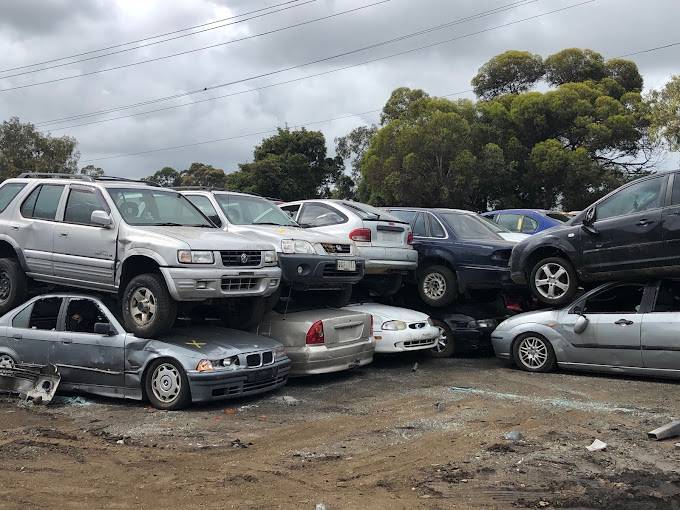Abandoned vehicles are a growing environmental concern in Australia. These vehicles are often left in open spaces, streets, or remote areas, leading to various negative impacts. As they deteriorate, they release harmful chemicals into the environment, polluting soil and water. They also contribute to visual pollution, affecting the overall appeal of urban and rural landscapes. Understanding how abandoned vehicles impact the environment is crucial to addressing the problem and promoting responsible vehicle disposal.
Soil and Water Contamination
One of the most serious environmental impacts of abandoned vehicles is soil and water contamination. As cars break down, they leak fluids such as engine oil, brake fluid, and coolant. These chemicals seep into the ground, making the soil toxic and unsuitable for plant growth. When it rains, the contaminants spread further and enter nearby water sources, affecting rivers, lakes, and groundwater. This pollution harms aquatic life and reduces water quality, making it unsafe for human consumption and agricultural use.
Air Pollution
Abandoned vehicles also contribute to air pollution, particularly when they rust and degrade over time. Metal components release particles into the air, which can be harmful when inhaled. Old fuel and chemical residues may evaporate, releasing toxic fumes that add to urban air pollution. In some cases, people set abandoned cars on fire to remove parts or dispose of them illegally. This practice releases hazardous gases, including carbon monoxide and other pollutants that negatively impact air quality.
Impact on Wildlife
Wildlife is also affected by abandoned vehicles, especially in rural and forested areas. Small animals often seek shelter inside or around these vehicles, exposing them to dangerous chemicals and physical hazards. Sharp edges, broken glass, and exposed wires pose serious risks to animals. If a vehicle leaks toxic fluids, it can poison local wildlife, leading to population declines. The presence of abandoned cars disrupts natural habitats, forcing animals to move elsewhere and altering local ecosystems.
Visual Pollution and Urban Decay
The presence of abandoned vehicles negatively affects the appearance of urban and rural areas. They create an impression of neglect and contribute to urban decay. In residential neighbourhoods, they reduce property values and make streets look unkempt. In rural areas, they disrupt the natural landscape and can discourage tourism. The sight of rusted and deteriorating vehicles gives an area an untidy appearance, which can affect the overall quality of life for residents.
Increased Risk of Fires
Abandoned vehicles pose a significant fire hazard, especially in hot and dry conditions. Flammable materials such as upholstery, fuel residues, and wiring can easily catch fire, leading to dangerous situations. In bushfire-prone areas, an abandoned car can become an ignition source, endangering lives and properties. Even in urban settings, an abandoned vehicle fire can spread quickly, damaging nearby structures and posing a threat to public safety. The risk increases when these vehicles are vandalised or used for illegal activities.
Solutions and Prevention
Addressing the issue of abandoned vehicles requires a combination of public awareness, enforcement, and sustainable solutions. Local governments should implement strict regulations to ensure vehicles are disposed of responsibly. Car owners should take advantage of cash for unwanted cars services, which offer a convenient and environmentally friendly way to dispose of unwanted vehicles. Increasing penalties for illegal dumping and providing accessible recycling programs can also help reduce the number of abandoned cars across Australia.
Contribution to Illegal Dumping
When one vehicle is abandoned in an area, it often leads to further illegal dumping. People may use the site to dispose of other unwanted items, including household waste, tyres, and hazardous materials. This creates a larger environmental problem that is difficult to manage. Illegal dumping sites attract pests and rodents, increasing health risks for nearby communities. The cost of cleaning up these sites often falls on local councils, placing a financial burden on taxpayers.
Also visit for junk car disposal: https://www.cashforunwantedcars.com.au/cash-for-junk-cars/
Conclusion
Abandoned vehicles have a serious impact on the environment in Australia, contributing to soil and water contamination, air pollution, and harm to wildlife. They also create visual pollution, increase fire risks, and encourage illegal dumping. Proper vehicle disposal is essential to protecting the environment and maintaining the cleanliness of urban and rural areas. By promoting responsible car recycling and enforcing regulations, the negative effects of abandoned vehicles can be minimised, ensuring a cleaner and safer environment for future generations.
Discover related articles on our blog.





